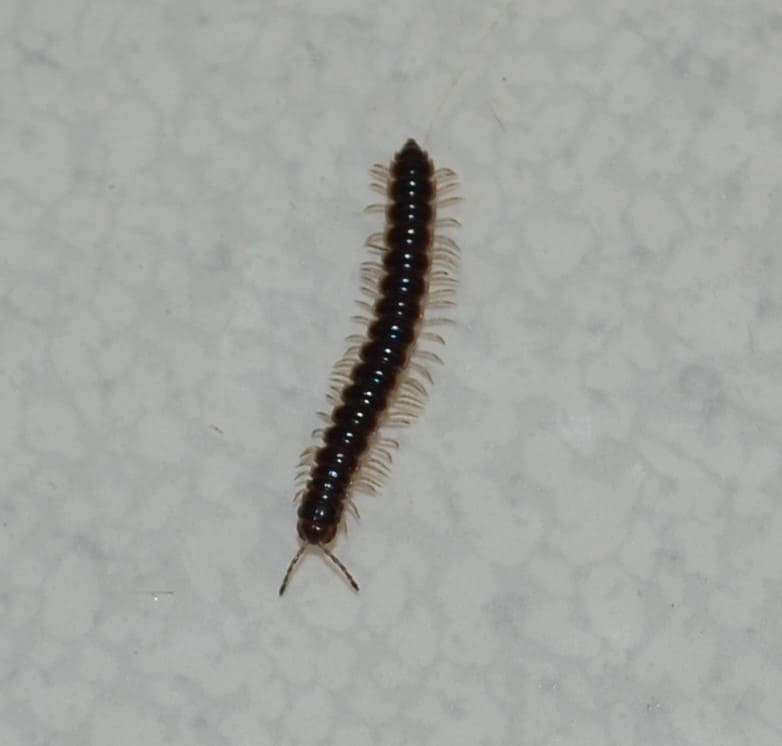Texas Millipedes Taking Residence Indoors

Virtually Harmless Pests Making Themselves at Home
By Jason Jones
Messenger Reporter
EAST TEXAS – They are uninvited, boldly wander aimlessly around the home, and they certainly don’t pay rent. East Texans may have noticed an uptick in the number of worm-like invaders to their homes in recent months. The unwanted guests in question are known widely as the “Texas Millipede” or “Greenhouse Millipede.” Not to worry, however, as the tiny nuisances should seek more favorable digs outside as the weather becomes more conducive to their preferred living conditions.
The Texas millipede is 1 to 1 1/2 inches long with a with slender, tubular brown body. It moves slowly, in wave-like motion and eats decaying leaves and other dead plant matter. Unlike their relative – the centipede – millipedes don’t bite, aren’t poisonous, and don’t pose a threat to humans.
Some species, however, secrete chemicals to protect themselves from predators. These secretions can cause skin irritation. In most cases though, they will roll into a ball and rely on their hard shell for protection.
Millipedes are attracted to dark, moist, cool environments. Outdoors, you’ll find them in mulched areas, compost piles, under leaf matter, and in the rotting logs on which they feed.
But sometimes the weather in East Texas becomes uncomfortably hot and dry, or too wet after heavy rains. And great numbers of millipedes may literally invade your home or office. This is when they become a nuisance to people. Fortunately, your home does not provide the decaying plant matter they eat, and therefore, they will not live long indoors.
How to get rid of millipedes
Because the millipede is a common nuisance, prevention is your best remedy.
- Do not mulch right up against your structure.
- Keep vegetation trimmed back from the structure.
- Keep compost and log piles at least thirty feet from your structure.
- Ensure that weather strips are installed and functional.
- Use screens on windows that are left open.
- Inspect the perimeter of your home or office annually to look for cracks and gaps that insects could use to access your space.
- Clean up clutter in basements and crawl spaces, especially organic matter that would provide shelter and food.
For immediate removal, a vacuum cleaner or a shop-type vacuum can be used to remove millipedes from walls and floors.
Perimeter sprays around a building’s foundation may help keep centipedes and millipedes from moving indoors. Look for products with such active ingredients as cyfluthrin, deltamethrin, permethrin, bifenthrin, cypermethrin, or carbaryl.
Inside, treat cracks, crevices, baseboards, and other hiding places. Plant-derived pesticide formulations contain active ingredients such as d-limonene (citrus extract), rosemary oil, clove oil, thyme oil, or sesame oil. Other products available include active ingredients such as lambda-cyhalothrin, cypermethrin, permethrin, or bifenthrin. Treat wall voids with boric acid or diatomaceous earth.
Insecticide label clearances are subject to change. The pesticide user is always responsible for the effects of pesticides on plants or household goods as well as problems caused by drift from their property to other properties or plants. Always read and carefully follow the label instructions.
Jason Jones may be reached via email at [email protected].






